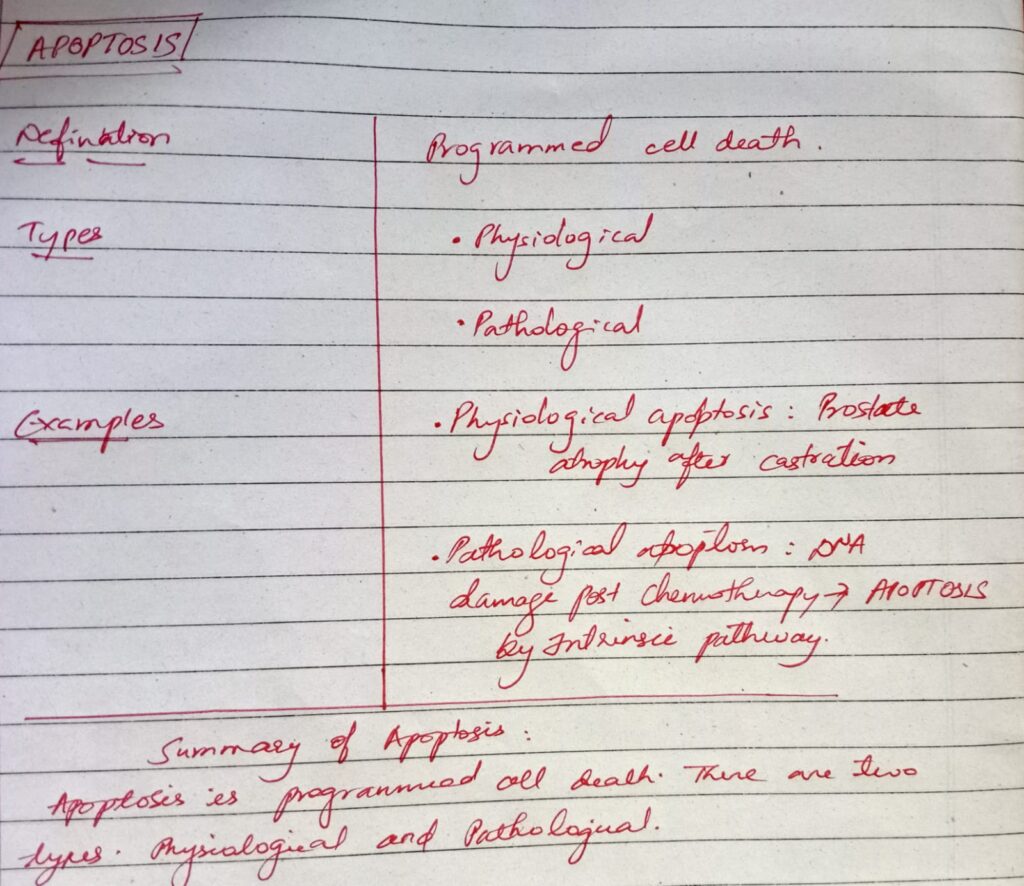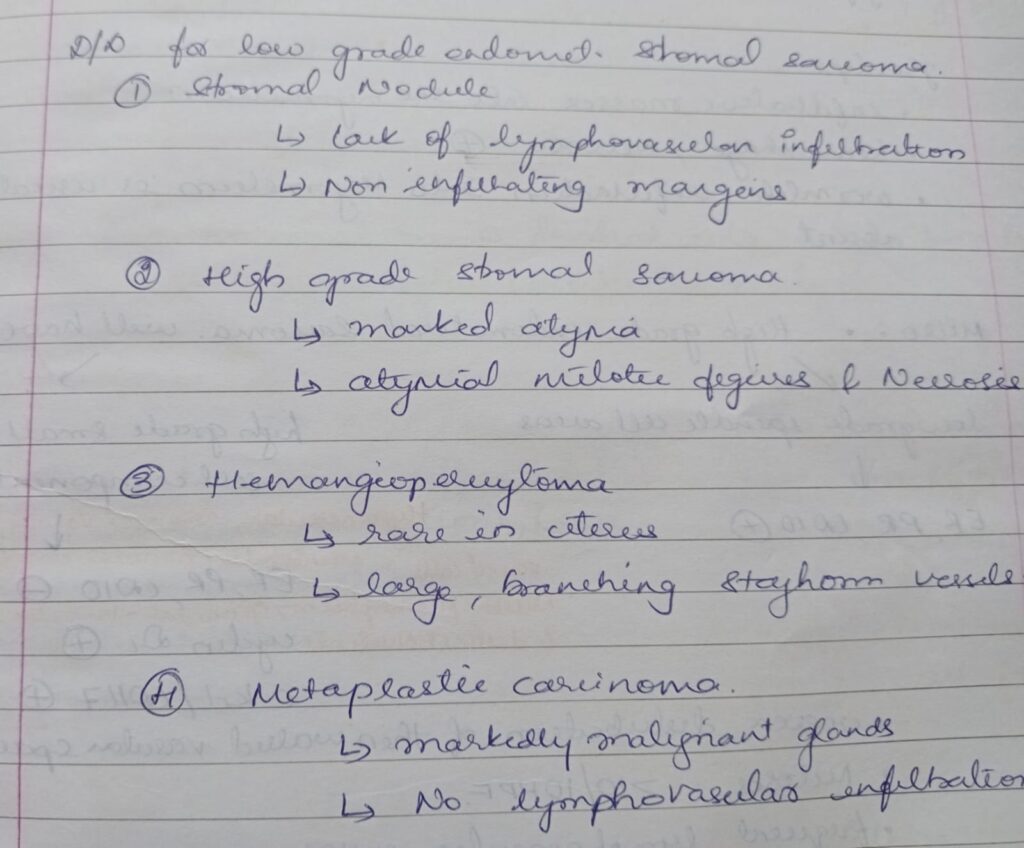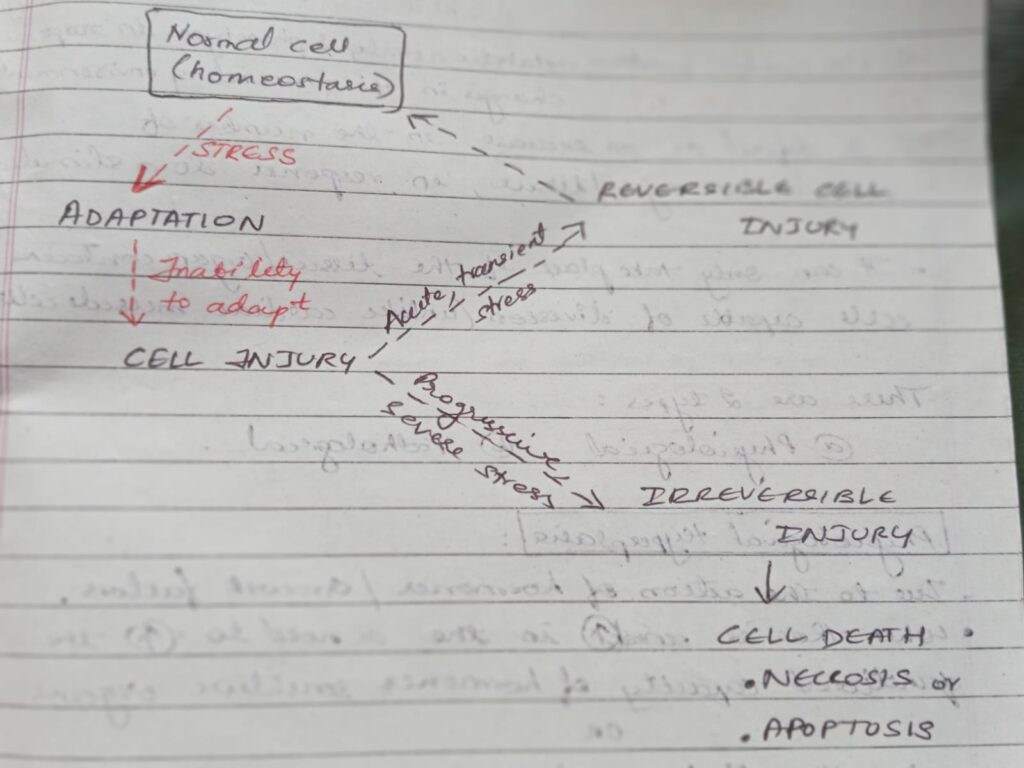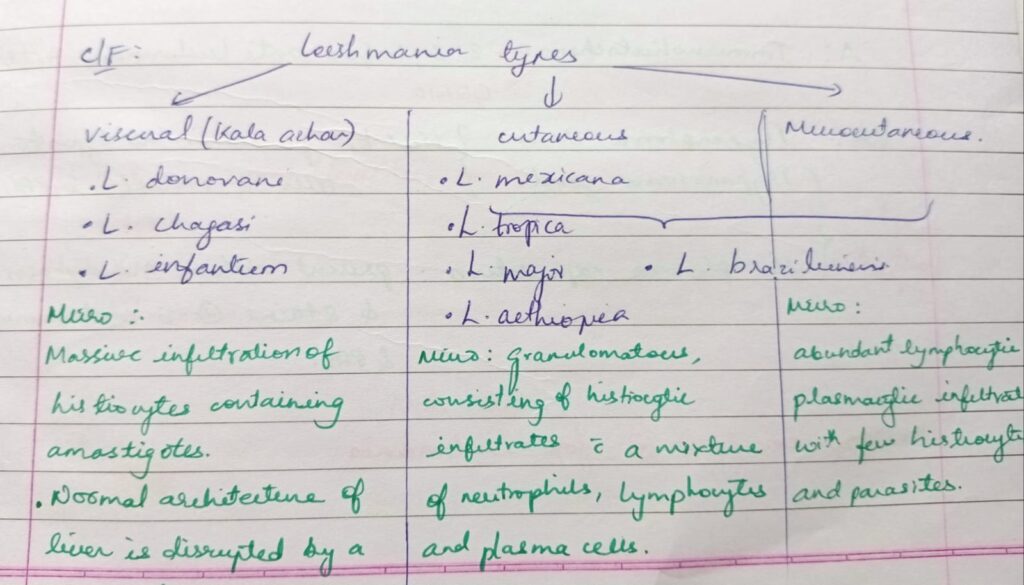
Note-taking was a huge part of my student life. I enjoyed making notes and most importantly I loved sharing them with my friends. I often came across a lot of my classmates and friends who were struggling to make good notes as they couldn’t keep up with the pace of the lecture or they had no idea how to take good notes!
If you are a student, then this article is going to take your note-taking skills to a whole new level.
These are the 5 methods of note-taking:
A) The Cornell method:
In this method, you’ve to divide your paper into 3 sections. Rule your paper with a 2 _ inch margin on the left leaving a six-inch area on the right in which to make notes and some area has to be left at the bottom of the paper. During the lecture take notes in the largest margin (ie., the 6-inch margin on the right). Once the class is over, note important cues from the lecture in the left margin, opposite to the information that you’ve written in the right margin, and then summarise the lecture at the bottom of the page.
Pros: Utilises the “three-pass” approach to learning—meaning you encounter the material in 3 different ways. This is optimal for retaining the information in your memory for good. Simple and efficient. Saves time and effort.
Cons: None

B) The Outline Method :
Here general and most important information is written on the left-hand side, while more specific facts regarding it are written on the right-hand side. The importance of a matter is determined by how farther left the point is written.
Pros: It is well organized and is easy and a quick way to do last-minute revisions.
Cons: Takes a lot of time to organize the information based on its importance. This method cannot be followed if the lecture is too fast.

C) The Mapping Method :
This is a graphical/flowchart kind of representation of the lecture. The main topic has to be written in the middle of the paper or on top. We have to add and connect subtopics to the main topics. Add further details to the subtopics until all important facts are covered. This method involves a lot of active participation and emphasizes critical thinking.
Pros: Visually appealing and easy to revise at the last minute. Helps to write a well-structured and organized answer during exams.
Cons: None

D) The Charting Method:
This method includes drawing columns and giving them appropriate labels. For ex, if it’s a lecture on the history and there are many dates, you can make columns and label them as Date, Events, etc. As you listen to the lecture, record information under the appropriate category/label.
Pros: Reduces the lengthiness of notes. Helps in memorizing the facts much more easily and reduces confusion. Allows you to get an overview of the lecture in your own words.
Cons: Complete attention during the lecture is important to place the facts in the appropriate category.

E) The Sentence Method:
In this method, you write every new fact as a point in a new line. It’s numbered/marked with bullets.
Pros: Better presented/ visually appealing than a paragraph. Covers almost all the facts.
Cons: Takes more time to review. Consumes a lot of time to write notes. Difficult to follow this method if the lecture is fast-paced.

These are some of the methods I used to take notes during my MBBS and PG days. I hope this helped you get an idea of how to take notes in a better way.